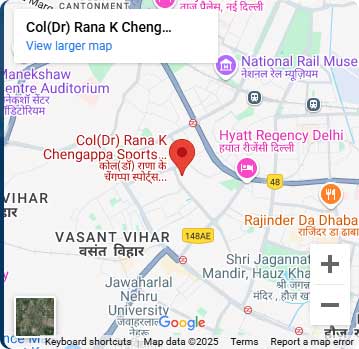Physiotherapy is a non-invasive approach to manage pain and improve functionality and quality of life in many musculoskeletal, sports and neurological conditions. With their skills and experience, a physical therapist can help individuals to properly manage their pain with the help of using a variety of different methods and approaches. Their approach is often multidisciplinary, integrating education, exercise, and self-management techniques to empower patients and improve their quality of life.
Role of physiotherapist in pain management
- Pain assessment and diagnosis : Assessing the patient’s history , physical findings and examination and diagnostic findings can help a physical therapist determine the causality and intensity of pain. This helps in diagnosis and making a customized treatment plan for the patient.
- Pain education : Aims to transfer of knowledge between the therapist and the patient, influencing patient behavior and health with the goal of helping patients overcome the pain and stick to the treatment plan. Educating patients about their condition, the factors contributing to pain can empower the individual to take an active role in managing their pain. Having an understanding of pain can also help to lessen fear and anxiety, leading to better pain management.
- Exercise Therapy : Physiotherapist can design an exercise program tailored to a patient’s individual need. Exercise is defined as any scheduled physical activity done with the intention of achieving or preserving physical fitness. These exercises help to improve strength, range of motion and flexibility. It helps to reduce pain. Exercise also causes release of endorphins which aids in pain management.
- Manual Therapy : Using hands on techniques such as soft tissue mobilization and joint mobilization are really useful for pain relief and increasing the range of motion and decrease muscle tension and soreness and hence promote healing. Manual therapy techniques involve trigger point therapy, massage, active release technique, lymphatic drainage, instrument assisted soft tissue mobilization, joint manipulation and joint mobilization.
- Modalities : Physiotherapists make use of different modalities such as hot packs and cold compression, ultrasound, electrical stimulation, LASER, Extracorporeal shock wave therapy (ESWT), traction to help alleviate pain and inflammation and muscle spasm.
- Post-Surgical Rehabilitation : After surgeries like joint replacements or joint arthroplasty physiotherapy can help you regain flexibility, strength and function. It speeds up recovery & healing and prevents further complications.
- Lifestyle Modification : Physiotherapists can provide assistance with ergonomic principles, workplace modification and posture correction and lifestyle adjustments which can help decrease pain contributing to long-term pain management and well-being.
- Enhanced Strength & Balance : For older individuals physiotherapy is really helpful as muscle weakness and imbalance can lead to falls. Physiotherapy can reduce the risk of falls with the help of functional movements and can make living every day a little easier for the elderly and at the same time keeping them independent and having an enhanced quality of life.
- Management of Chronic Conditions : For chronic conditions like diabetes, osteoarthritis, osteoporosis physiotherapy can help you in managing symptoms by improving flexibility and strength and balance. Increase joint motion and functionality can help lead a better life with these chronic conditions.
Physiotherapy is a tool which can help you lead a more healthy and fulfilling life by improving your overall physical and mental well-being and as we say “Medicine adds days to life, Physical Therapy adds life to days”.
Mr. Aaditya Chuttani PT (BPT MPT Sports)




